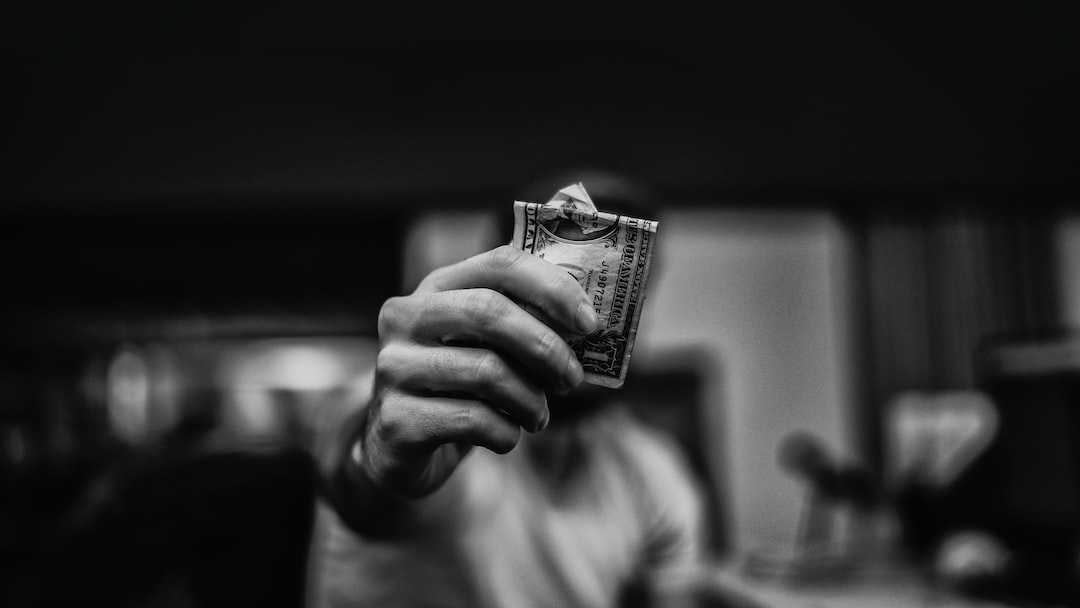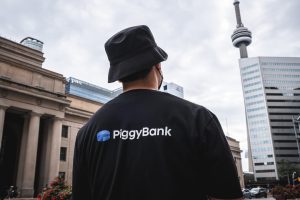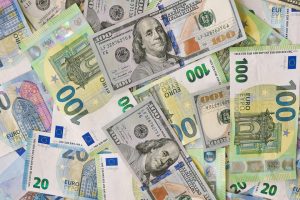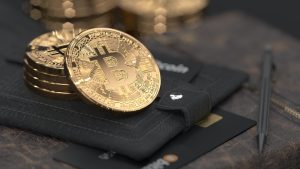Forex, short for foreign exchange, is a decentralized market where currencies are traded. It is the largest and most liquid financial market in the world, with an average daily turnover of $5.3 trillion. But when was forex created? The answer to that question is not straightforward, as the foreign exchange market has a long and complex history.
The origins of forex can be traced back to ancient times when people used to trade goods and services with each other. However, the first formal currency exchange market was established in Amsterdam in the seventeenth century. The Amsterdam Stock Exchange, which was founded in 1602, soon became a hub for currency trading as well. At that time, the Dutch Republic was a major economic power, and the exchange rate between the Dutch guilder and other currencies, such as the Spanish dollar, was crucial for international trade.
The next major development in forex history came in the nineteenth century, with the rise of the gold standard. Under this system, currencies were pegged to gold, which meant that their value was fixed in relation to the precious metal. This led to a more stable exchange rate regime, as the supply of gold was limited and predictable. The gold standard also facilitated international trade, as it provided a common benchmark for the value of currencies.
However, the gold standard had some drawbacks, such as the limited flexibility it allowed for monetary policy. Eventually, the system broke down during World War I, as countries had to abandon the gold standard to finance their military expenses. After the war, the gold standard was reinstated, but with some modifications. The most important of these was the creation of the Bretton Woods system in 1944.
Under the Bretton Woods system, currencies were pegged to the US dollar, which was in turn pegged to gold. This meant that the exchange rate between currencies was fixed, but adjustable. If a country’s currency became too strong or too weak, its central bank could intervene in the foreign exchange market to buy or sell its own currency, in order to maintain the peg. The Bretton Woods system lasted until 1971, when the US abandoned the gold standard and allowed the dollar to float freely.
Since then, the foreign exchange market has become more decentralized and electronic. The introduction of computers and the internet has made it possible for traders to buy and sell currencies from anywhere in the world, at any time of day or night. The rise of electronic trading platforms, such as Reuters Dealing and EBS, has also led to greater transparency and efficiency in the forex market.
In conclusion, the history of forex is long and complex, with many different phases and developments. From the ancient barter system to the modern electronic market, the foreign exchange market has evolved to meet the needs of international trade and finance. Today, forex is an essential part of the global economy, and its creation can be traced back to the earliest days of human civilization.





